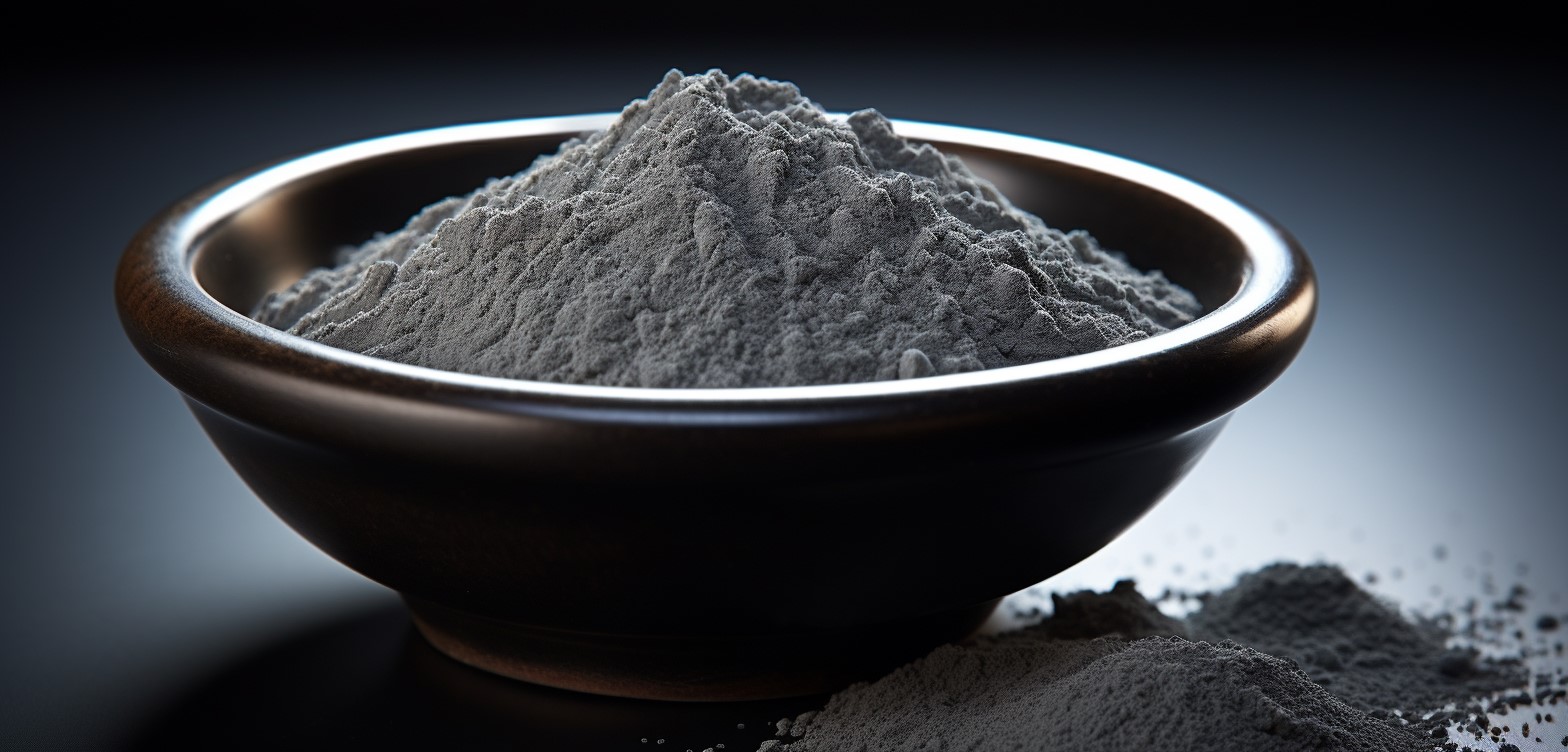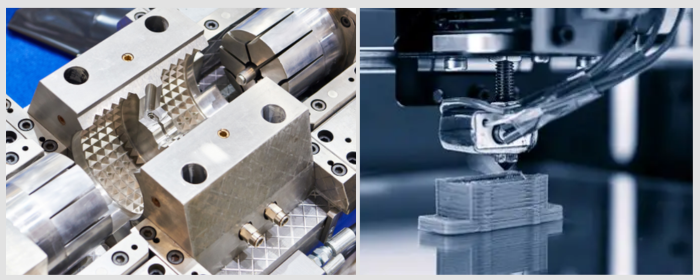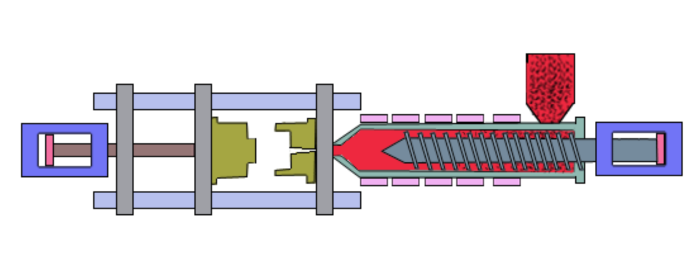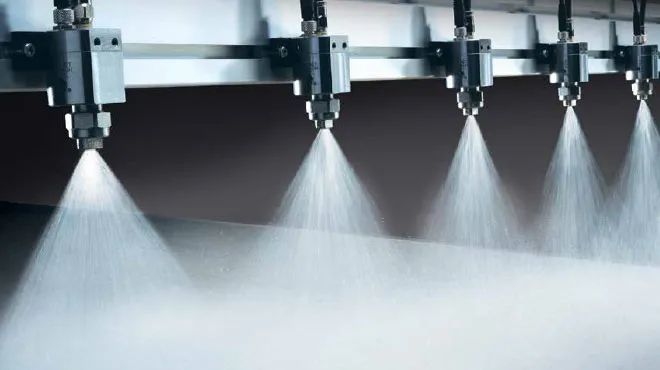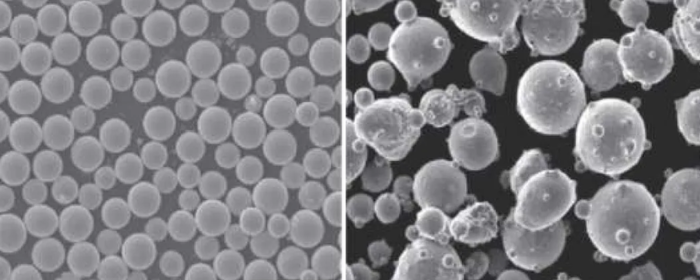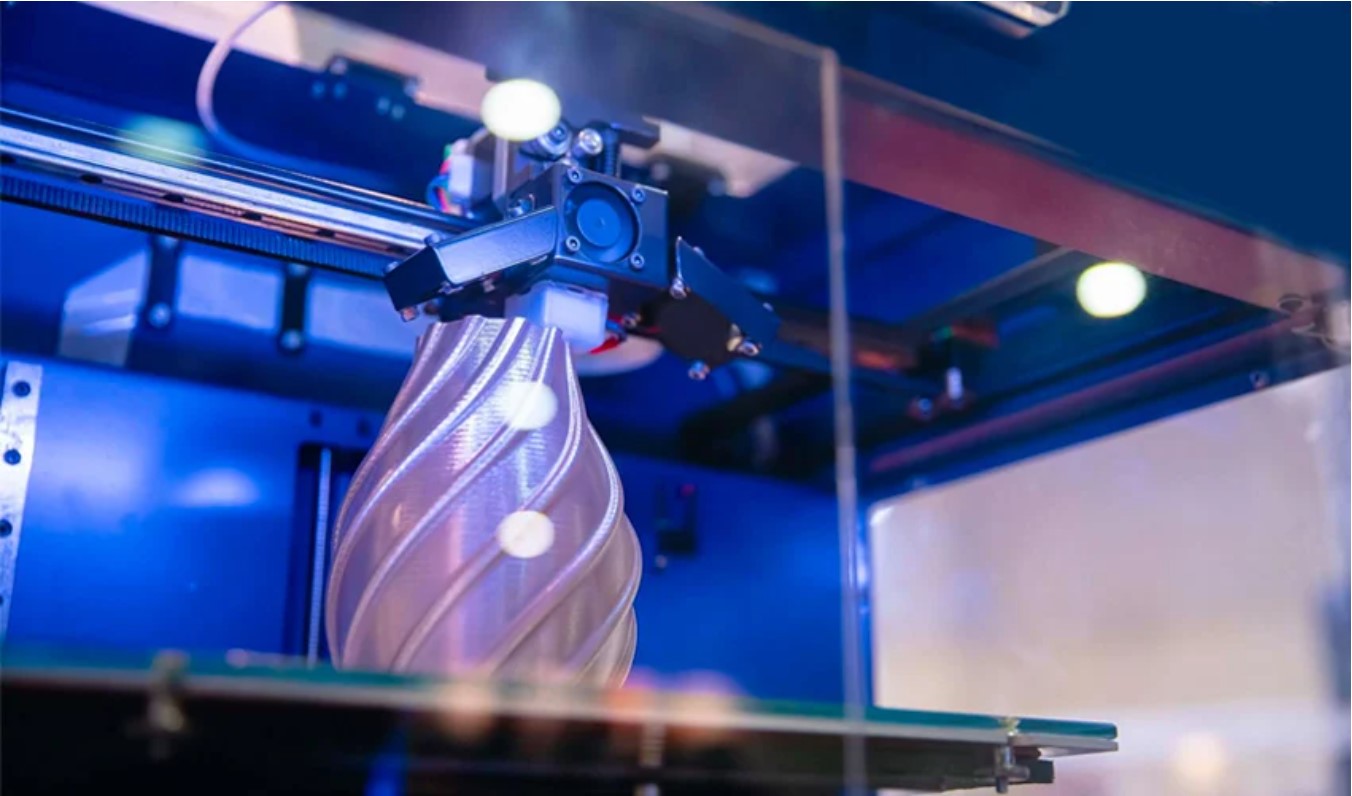Introduction
Spherical aluminum alloy powder are used widely in 3D printing, thermal spraying, and powder metallurgy. They are smooth flowing, dense, and easily formable. Different powders of aluminum alloys possess different strengths. Some are strong, some are corrosion-resistant, and some are compatible with certain manufacturing processes. That's why the right choice is crucial in getting maximum output. So, how do you choose the right aluminum alloy powder for your application?
AlSi10Mg for High-Strength 3D Printing
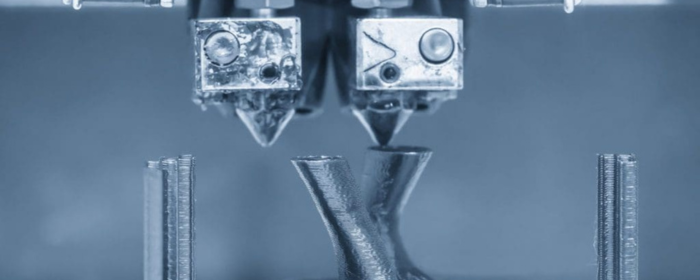
AlSi10Mg is the most commonly used aluminum alloy powder in additive manufacturing. Why?
- The increased silicon content significantly improves the material's flowability and casting behavior, particularly making it very suitable for laser powder bed fusion (LPBF) processes, where it exhibits excellent forming ability.
- Adding magnesium further conditions the microstructure and makes the material stronger and harder.
- Fine-grained structure developed in rapid solidification provides it with high fatigue strength, and hence it is suitable for parts under cyclic loading.
Composition (%):
|
Si |
Cu |
Ni |
Zn |
Mg |
Fe |
Mn |
Ti |
O |
|
9.0-11.0 |
≤0.05 |
≤0.05 |
≤0.10 |
0.2-0.45 |
≤0.55 |
≤0.45 |
≤0.15 |
≤0.08 |
Properties:
|
Property |
Typical Value |
|
Tensile Strength |
330 MPa |
|
Yield Strength |
230 MPa |
|
Elongation |
5-8% |
|
Thermal Conductivity |
160 W/(m·K) |
|
Corrosion Resistance |
Moderate |
Applications:
AlSi10Mg powder is widely used in aerospace, instrumentation, and general machinery parts such as automotive engine cylinder heads, intake manifolds, pistons, wheel hubs, and power steering housings. Its moderate corrosion resistance allows it to perform well in standard industrial conditions, but surface protection may be necessary in harsh acid or high-salt environments. It is possible to further enhance mechanical properties using optimized heat treatment (e.g., T6 treatment) to increase tensile strength above 400 MPa.
6061 Aluminum Alloy Powder with Balanced Properties
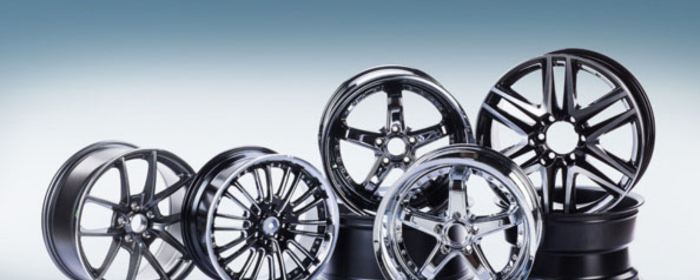
Being a common heat-treatable aluminum alloy powder, Al6061 is renowned for its good mechanical property balance and excellent corrosion resistance. The Mg₂Si strengthening phase, formed by magnesium and silicon, precipitates during aging, significantly improving material strength. The addition of chromium prevents recrystallization, provides toughness, and improves stress corrosion cracking resistance.
Composition (%):
Al6061 is primarily alloyed with magnesium and silicon, leading to the production of the Mg₂Si phase. This enables it to develop a protective oxide layer, which gives it improved atmospheric and seawater corrosion resistance over ordinary steel.
|
Al |
Si |
Fe |
Mg |
Cu |
Zn |
Cr |
Mn |
Ti |
O |
|
Bal. |
0.4–0.8 |
≤0.7 |
0.8–1.2 |
0.15–0.40 |
≤0.25 |
0.04–0.35 |
≤0.15 |
≤0.15 |
≤0.08 |
Properties:
|
Property |
Typical Value |
|
Tensile Strength |
310 MPa |
|
Yield Strength |
275 MPa |
|
Elongation |
12-17% |
|
Weldability |
Excellent |
|
Corrosion Resistance |
Outstanding |
Applications:
When working with Al6061 powder for additive manufacturing, there are several important points you should keep in mind. First, you will need to have extremely tight control over oxygen levels. Less than 0.1% is required to prevent porosity in the final parts. To achieve the optimal material properties, you will need to apply a specific heat treatment process: solution heat treatment at 530°C and water quenching, and then artificial aging at 160°C for 18 hours.
What's particularly notable is that this alloy will tend to hot crack upon printing. So, in practice, we always preheat the build platform to 150-200°C. This straightforward precaution goes a long way in reducing thermal stress and drastically improves print success rates. A number of studies have confirmed that adequate platform preheating is absolutely crucial to achieve good print quality with Al6061.
7075 Aluminum Alloy Powder for High Strain Resistance

Al7075 is the most typical ultra-high-strength aerospace aluminum. First used in aircraft manufacturing in 1944 in the U.S., Japan, and the former Soviet Union, it remains a primary material for critical aerospace structures. Belonging to the Al-Zn-Mg-Cu system, 7075 is a heat-treatable, high-strength wrought aluminum alloy. Similar alloys include 7175 and 7475, which have minor compositional differences.
Composition (%):
|
Alloy |
Al |
Si |
Fe |
Cu |
Mn |
Mg |
Cr |
Zn |
Ti |
Impurities |
|
7075 |
Bal. |
0.40 |
0.50 |
1.2–2.0 |
0.30 |
2.1–2.9 |
0.18–0.28 |
5.1–6.1 |
0.20 |
0.20 |
|
7175 |
Bal. |
0.15 |
0.20 |
1.2–2.0 |
0.10 |
2.1–2.9 |
0.18–0.28 |
5.1–6.1 |
0.10 |
0.20 |
|
7475 |
Bal. |
0.10 |
0.12 |
1.2–1.9 |
0.05 |
1.9–2.6 |
0.18–0.25 |
5.1–6.2 |
0.06 |
0.20 |
With zinc content exceeding 5%, this alloy boasts the highest strength among commercial aluminum alloys, with a strength-to-weight ratio surpassing some titanium alloys. However, high alloying also introduces drawbacks: copper-rich phase precipitation at grain boundaries increases stress corrosion susceptibility.
Applications:
Primarily used in aircraft landing gear, missile casings, and other critical load-bearing structures. Recent studies show that adding trace scandium (0.2–0.4%) refines grains to below 1 µm while improving weldability.
2024 Aluminum Alloy Powder for Fatigue-Resistant Parts
Al2024 is another high-strength aluminum alloy from the Al-Cu-Mg system. Known for its excellent fatigue performance and high-temperature stability, it is the preferred material for aircraft skins, wing spars, and other critical components. The θ' (Al₂Cu) strengthening phase provides primary reinforcement during aging, while manganese forms dispersed Al₂₀Cu₂Mn₃ phases to inhibit recrystallization and enhance high-temperature performance.
Composition (%):
|
Si |
Fe |
Mg |
Cu |
Zn |
Mn |
O |
Al |
|
≤0.5 |
≤0.5 |
1.2–1.8 |
3.8–4.9 |
≤0.25 |
0.3–0.9 |
≤0.08 |
Bal. |
Properties:
|
Property |
Typical Value |
|
Tensile Strength |
470 MPa |
|
Yield Strength |
325 MPa |
|
High-Temp Strength |
230 MPa (at 150°C) |
|
Fatigue Crack Growth Rate |
3×10⁻⁴ mm/cycle |
|
Corrosion Resistance |
Poor |
Applications:
2024 aluminum alloy powder is widely used in demanding applications. It resists fatigue very well, which makes it perfect for aircraft parts and rocket frames. These parts need to last through constant stress. The powder is also great for 3D printing. Printed parts need exact heat treatment. This helps them reach full strength, about 470 MPa.
Key Considerations for Powder Applications:
- Oxygen content must be strictly controlled (<0.08%) to prevent reduced elongation.
- Hot isostatic pressing (HIP) parameters: 500°C/100 MPa/2h recommended.
- Anodizing thickness ≥15 µm for sufficient protection.
Recent advancements show that laser shock peening (LSP) can increase surface hardness by 40% while introducing compressive residual stresses to extend fatigue life.
How to Choose the Right Spherical Aluminum Alloy Powder
These four aluminum powders each excel in different areas. For maximum strength, Al7075's 570 MPa tensile strength makes it ideal for aircraft hardware. When fatigue resistance matters more than pure strength, 2024 alloy performs better in dynamic aerospace applications. In corrosive environments like marine settings, Al6061 is the clear winner, while AlSi10Mg handles moderate industrial conditions more cost-effectively.
For 3D printing, AlSi10Mg stands out with its excellent flow and low defect rate. And when weight savings are crucial, both Al6061 and AlSi10Mg offer the best strength-to-weight ratios for automotive uses. The key is identifying which property matters most for your specific application.
About SAM
Browse our Aluminum Alloy Powder to learn more about spherical aluminum alloy powders.
Additionally, if you'd like to explore other 3D printing alloy powders, download our Spherical Powder PDF.






